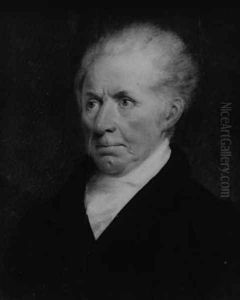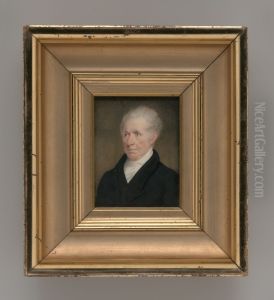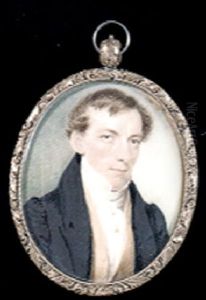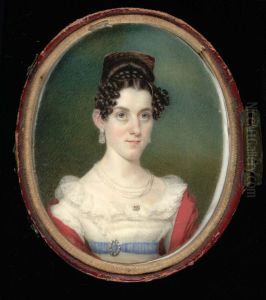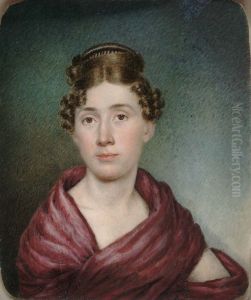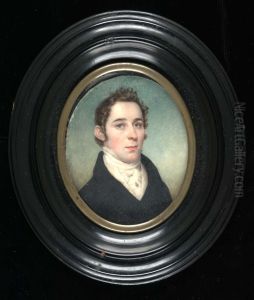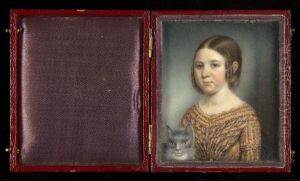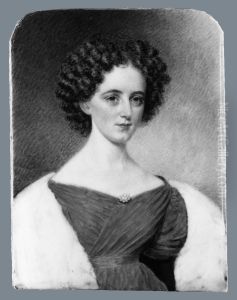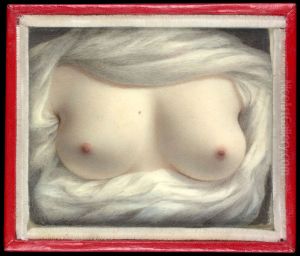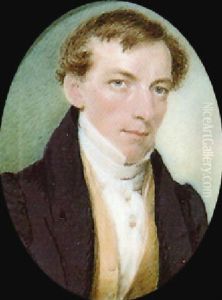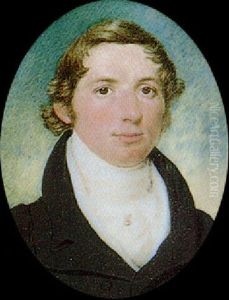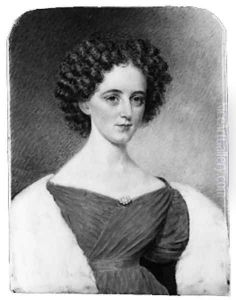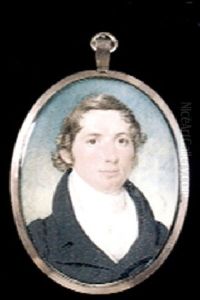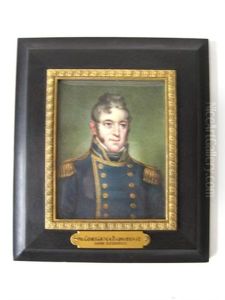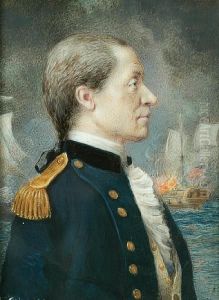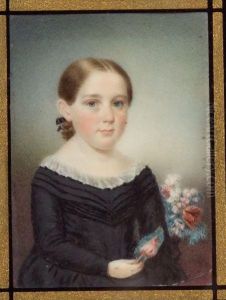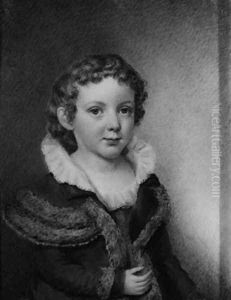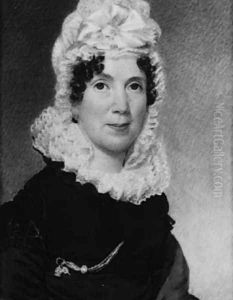Sarah Goodridge Paintings
Sarah Goodridge was an American painter born on February 5, 1788, in Templeton, Massachusetts. She was one of six children in a family of modest means. Goodridge was largely self-taught, although she did receive some instruction from her older brother, who was a painter of small portraits. She is best known for her work in the medium of miniature painting, a popular form of portraiture in the 18th and 19th centuries, especially before the advent of photography.
Goodridge's miniatures were often executed in watercolor on ivory, a common practice of the time, and they typically measured just a few inches in height or width. Her attention to detail and her ability to capture the likeness and character of her subjects were highly regarded. She began her professional career around 1820 and quickly established herself in the Boston area. One of her most famous clients was Daniel Webster, the prominent American senator and statesman, for whom she painted several miniatures over the years.
Goodridge never married, which was somewhat unusual for women of her time. Instead, she devoted her life to her art and to supporting her family through her work. She operated a studio in Boston and gained considerable success, which enabled her to provide financial assistance to her relatives. Her miniature portraits were highly sought after, and she exhibited her work at various institutions, including the Boston Athenæum.
Her technique involved a painstaking process of layering transparent watercolors to achieve a rich and luminous effect. Goodridge's skill in capturing textures, such as the softness of skin or the sheen of fabric, was particularly noted. She also became known for her ability to convey the psychological depth and personality of her sitters, making her miniatures more than mere keepsakes but rather intimate records of the individuals she portrayed.
Sarah Goodridge continued to create art throughout her life, but her eyesight began to fail in her later years, which made it difficult for her to paint with the precision required for miniatures. She passed away on December 28, 1853, in Reading, Massachusetts. Today, her works are considered important examples of American miniature painting and are held in the collections of several museums, including the Metropolitan Museum of Art and the Museum of Fine Arts, Boston. Her legacy lives on as a testament to the skill and dedication of women artists in the early United States.
